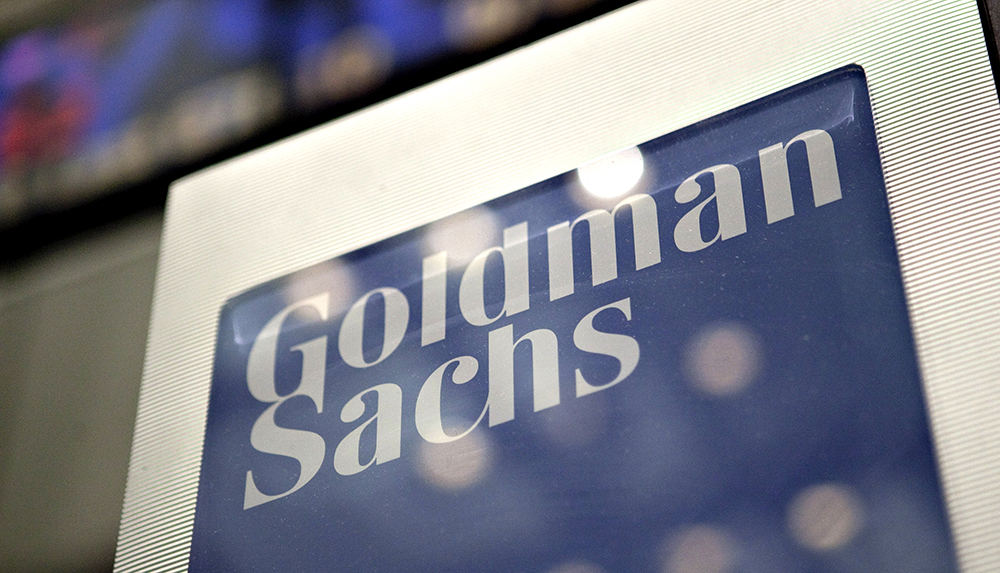Taming the Shadowy World of Dark Pools

After operating in the shadows for more than two decades, the murky world of dark pools is coming into the light. On July 1, 2014, the Financial Industry Regulatory Authority (FINRA), independent securities regulator of the US, imposed a fine of $800,000 on Goldman Sachs for failing to ensure that trades in its dark pool trading system took place at the best price. Would an $800,000 fine on Goldman Sachs act as a deterrent to stop predatory behavior? The answer is No. The bank may consider this small fine as a transaction tax and would return to business as usual.
On June 25, 2014, the New York Attorney General Eric Schneiderman filed a civil lawsuit against Barclays’ dark pool (called Barclays LX) for conducting “systematic fraud and deceit” against its clients which include big institutional investors and pension funds. “The facts alleged in our complaint show that Barclays demonstrated a disturbing disregard for its investors in a systematic pattern of fraud and deceit…Barclays grew its dark pool by telling investors they were diving into safe waters. Barclays’ dark pool was full of predators – there at Barclays’ invitation,” Mr Schneiderman said. He also claimed that Barclays removed the name of a high frequency trading (HFT) firm engaged in predatory behavior in an advertising document meant for its clients.
Both these regulatory actions have shed light on the shadowy world of dark pools where stocks worth billions of dollars are traded every day.
